Captivated by Japan for Over 30 Years
Becoming a Bridge between Brazil & Japan
Fale Japones CEO: Mr. Jin Takahashi
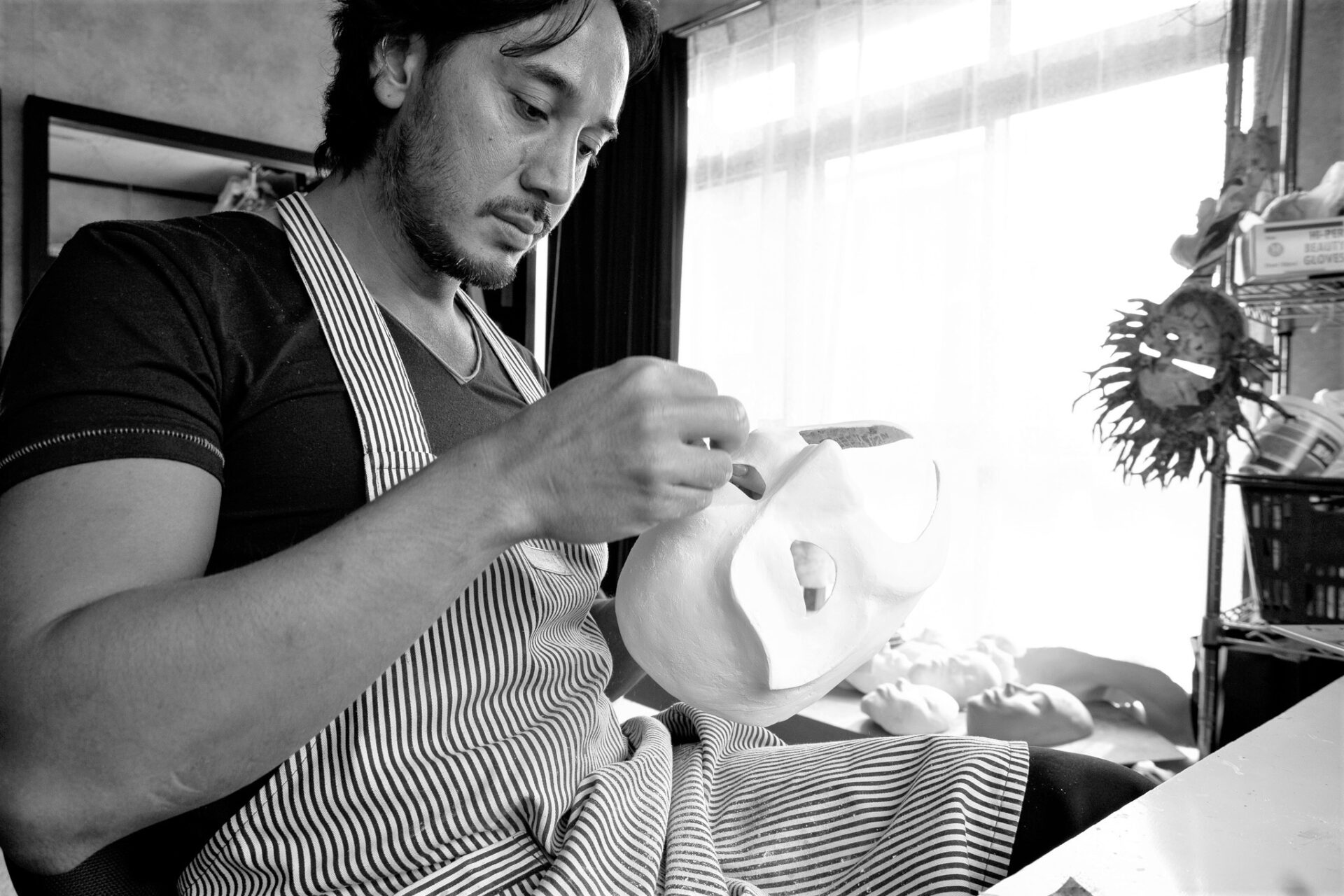
In this interview, we talk to Mr. Jin Takahashi, a Japanese-Brazilian, who is a quadruple threat! Not only does Mr. Takahashi work on the world stage as an artist who makes Venetian masks (famously used in The Carnival of Venice), he also works as a chef, Japanese language teacher, and interpreter. Today, we ask him about his career as an artist thus far, his impressions of Hamamatsu and what he thinks is special about the city.
Can you tell us your reason for coming to Japan?
When I was 19 years old, I left home to work in Japan because I wanted to save to build a house in Brazil. After working in Japan for 2 years, I returned to Brazil only once. But when I returned, I couldn’t help but reminisce: the overall environment, Japanese culture, and people’s manners. So after only 2 months of returning to Brazil, I went back to Japan. I’ve been living in Japan for 31 years and I’m fully immersed in Japanese cultural knowledge and traditions, but I want to share the wonders of Japan with more people. So, I’m using the internet to share Japan with the world, starting with Brazil. It’s my way of returning my gratitude to Japan, which I love greatly.
What were your impressions of Hamamatsu?
I first moved to Hamamatsu 18 years ago. I first remember thinking what a wonderful place Hamamatsu is, so full of nature with the sea, mountains, and rivers. From an artist’s perspective it’s great, because nature is a huge inspiration to me. After coming to Japan, I worked in quite a few places; Yokohama, Kanagawa; Isesaki, Gunma; Nagano and Yamanashi to name a few. However, Hamamatsu was inviting to foreign residents, so it has been the best amongst them all.
I heard that you had some shocks since coming to Hamamatsu though, is that right?
Yes! The most shocking thing to me was how many Portuguese language interpreters there are here! Hamamatsu fosters a good environment for people who can’t speak Japanese, with interpreters in City Hall, Larger Hospitals and Companies. When I first arrived in Japan, I lived in Yokohama in Kanagawa. At the time, there weren’t many interpreters so I struggled a lot when I needed to go to the hospital. But I was worried. Compared to the rest of Japan, Hamamatsu is the easiest place for Brazilian people to live, it’s a comfortable environment. However, language is the first step to understanding others. Many Brazilians living in Japan can’t speak any Japanese and fail to integrate into Japanese culture, so they can’t understand Japanese people well. But given my experiences in Yokohama, I felt that I couldn’t go on not learning Japanese at all, as is the current situation for many Brazilians right now.
So you teach the importance of Japanese to Brazilians because of your personal experiences.
That’s right; I teach practical Japanese via specialized classes. I of course think that studying grammar is incredibly important, however in my programme I teach students how to convey themselves when they’re in a bind, how to speak at the hospital or supermarket etc. Basically, I teach them things that are directly useful to survive. When I arrived in Japan at age 19, I couldn’t speak a lick of Japanese. My coworkers taught me, and over the course of a year I was able to master daily conversation. I use my experience with Japanese as my method for teaching.
Jin Takahashi: Interpreter and Japanese teacher. But he is also working in Japan as an artist, creating authentic Venetian masks. In the next part of the interview, we ask Mr. Takahashi about his experiences making Venetian masks.
Using Japanese Washi & Chirimen (Silk Crepe)
Creating Original Venetian Masks
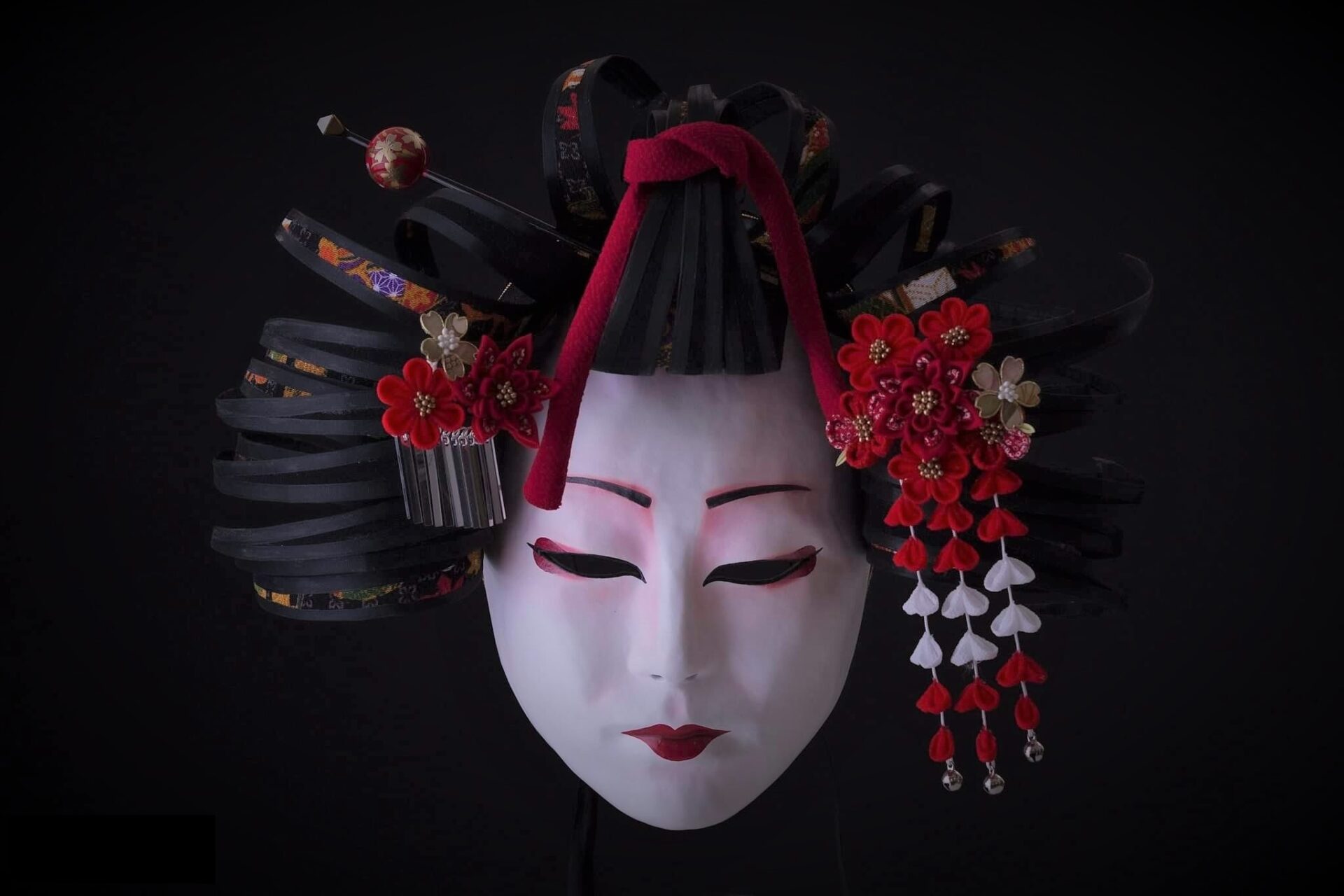
So, what exactly are Venetian Masks?
Venetian masks were first used in 17th Century Europe as part of costumes in comedy plays. It would be most similar to a Japanese Noh Mask. Similar to Noh, the shape of the Venetian mask is created based on the characters archetype. These days the masks can be seen in use in one of the world’s largest festivals, The Venice Carnival.
How did you learn about Venetian Masks?
When I was young, I really enjoyed the theatre, and I myself had the opportunity to act. From there I got interested in theatre costuming, so when I was 14 I took a workshop in it where I learned the basics to mask-making. Using a mould of the human face and sticking layer of paper to create the mask. From there, painting the mask with acrylic paints, and then attaching feathers, ribbons or jewels to perfect it. Beginning to end, a single mask takes over one month to complete.
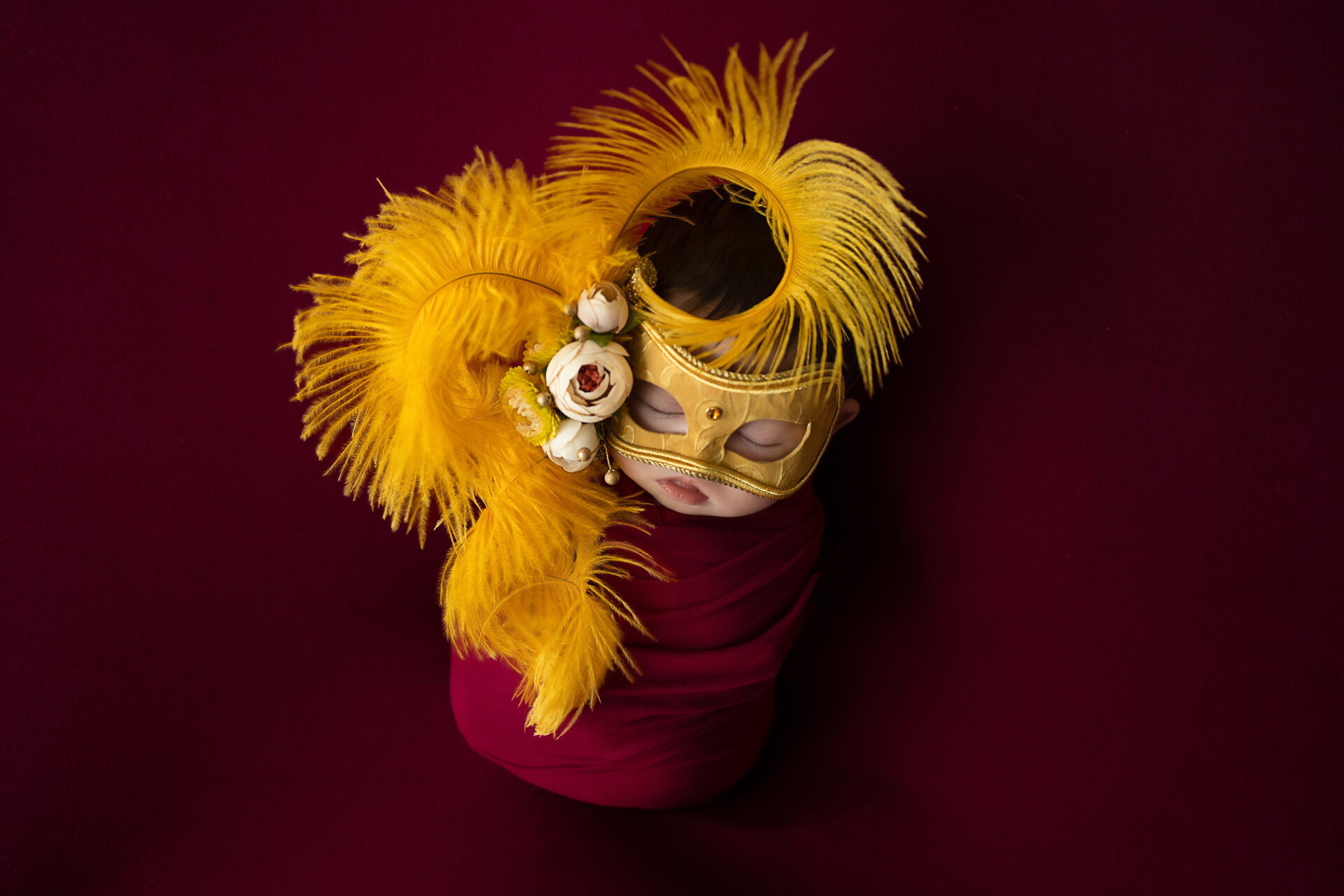
Have you been creating masks since the age of 14 then?
No, actually I have had some periods where I wasn’t making masks at all. The reason I started up again is because my partner was going to a masquerade ball and asked me to make them one. When I was making it, I felt like I was going back in time to my childhood passions.
I heard you visited some Venetian masters, could you tell us about that?
Venice is of course a famous travel destination. I heard that traditional Venetian mask-makers have been decreasing in number, year in year out. As cheap plastic imitation masks are being sold en masse as souvenirs, so the traditional mask-makers are becoming despondent in their line of work. Similarly, young people are moving out and away from Venice, so they say that there are few people to inherit the mask-making skills. “But what can I, as someone living in Japan making Venetian masks do?” I thought to myself. So I decided to start uploading mask-making videos on the internet. I can share the art of mask-making, increase the number of mask enthusiasts at the same time. All while conveying Venetian masters feelings to show people the positives of real Venetian masks.
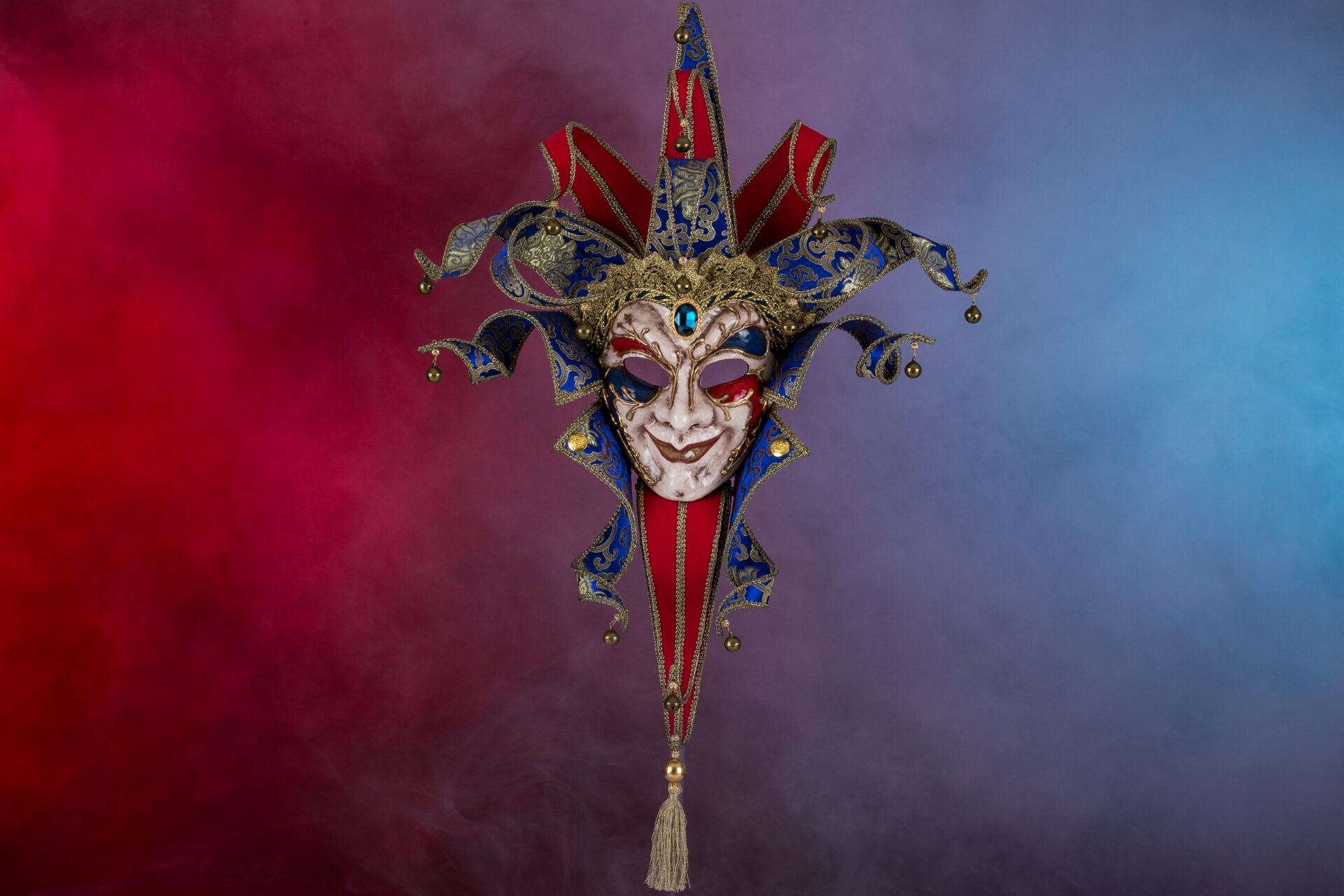
Finally, what materials from Japan do you use to make the masks?
As masks spend time on the skin, I decided to make the inside part with Japanese washi paper. The upsides to using washi is that it doesn’t wrinkle or damage the skin, and it makes the mask comfortable to wear even for long periods of time The decorative arts on the mask use Japanese Chirimen (silken crepe) and many other materials. The masks may look very heavy, but in fact they are made with extremely lightweight materials. Some of them only weight about 34 grams. Thanks to my works being recognised, my masks have started to be used in film, theatre and commercials. I also am getting more requests to create masks. Unfortunately, I don’t sell the masks for general sale, but I would be delighted if more people could see the beauty of Venetian masks.
We look forward to seeing your works from here on out! Thank you for participating in our interview today.
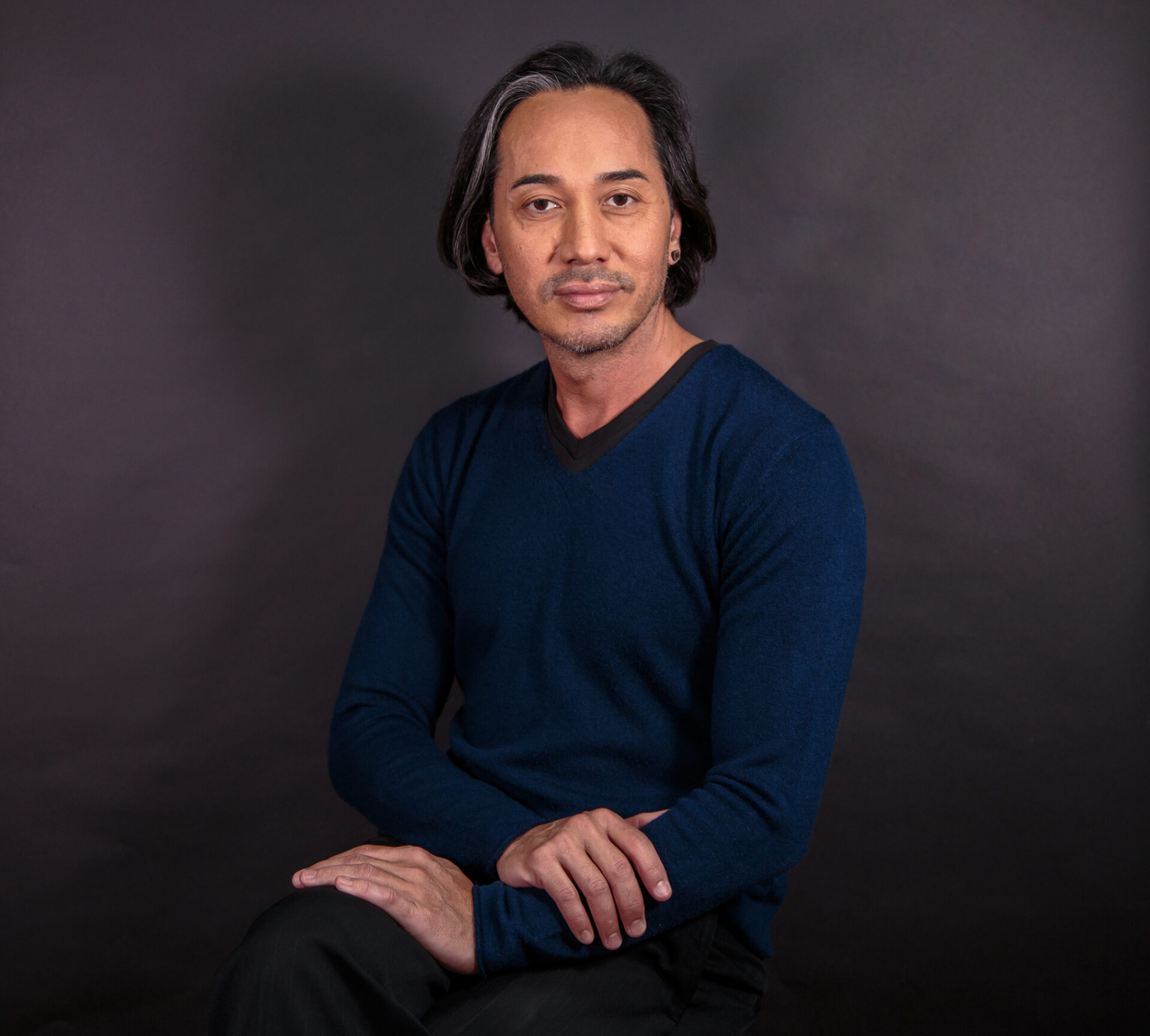
Mr. Jin Takahashi
Born and raised in Sao Paulo, Brazil. Interested in theatre from his youth he started acting. He became interested in Venetian masks following a course in mask-making with a professional. Takahashi is now active in four different fields; as a Venetian mask artist, chef, Japanese teacher and interpreter.





